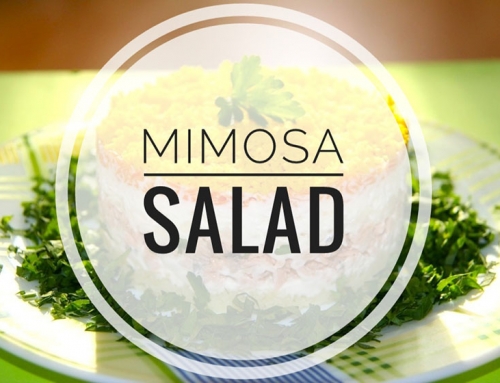It’s finally time to enjoy seasonal fall products and prepare delicious and healthy snacks made of vegetables from the new harvest. Today we’re talking about pickling the cabbage.
Once cabbage was the main source of vitamin C. No wonder it is still called the Northern lemon. In winter, it was pickled, salted and marinated in huge barrels. Then the cabbage was stored for a long time, just like pickles, tomatoes and pickled apples. It replaced fresh vegetables and was a source of useful vitamins and minerals so necessary during the cold season.
Sauerkraut became a part of Russian culinary history in the first part of the 19th century. The cookbooks of that period mention the so called “Vechorki” which were family and friends gatherings where people prepared cabbage for pickling. Pickled cabbage took a special place in every kitchen and was the main ingredient of many dishes. Unlike modern recipes, old ones included such spices as anise, coriander and saffron.
So what is the difference between pickled and marinated cabbage? Pickled cabbage or sauerkraut is fermented in its own juice, and marinated one is cooked with vinegar. Salting is another very simple way of cooking cabbage. With moderate salting special bacteria develop in the cabbage that give an original taste to the dish and make it a completely new, fresh and alive product.
There are a great number of recipes and there is no use in arguing which one is correct because every family has its own recipe. We will cook sauerkraut in a way that allows to serve it in a few days so that you could surprise your loved ones with this pleasant snack. This cabbage will be a success as a separate dish or as an ingredient for salads, pies and dumplings. We suggest experimenting with this dish.
Ingredients:
½ cabbage head
1 carrot
1 tsp salt
1.5 tsp sugar
Cold boiled water
Directions:
Chop cabbage very thinly. Grate carrot and very carefully mix vegetables together. Place the mix in a quart (1 liter) jar and pound with a potato masher. Then add cold boiled water to cover the cabbage mix completely. Sprinkle with salt and sugar, do not mix.
Culture at room temperature in a warm place. Do not put in the fridge as it slows down the fermentation process. On the following day make several holes in the cabbage mass to let the air out, repeat this several times a day. In two days the dish can be served.
Try out Russian traditional way of serving the cabbage by adding chopped onion and seasoning with vegetable oil.
Enjoy!







Leave A Comment